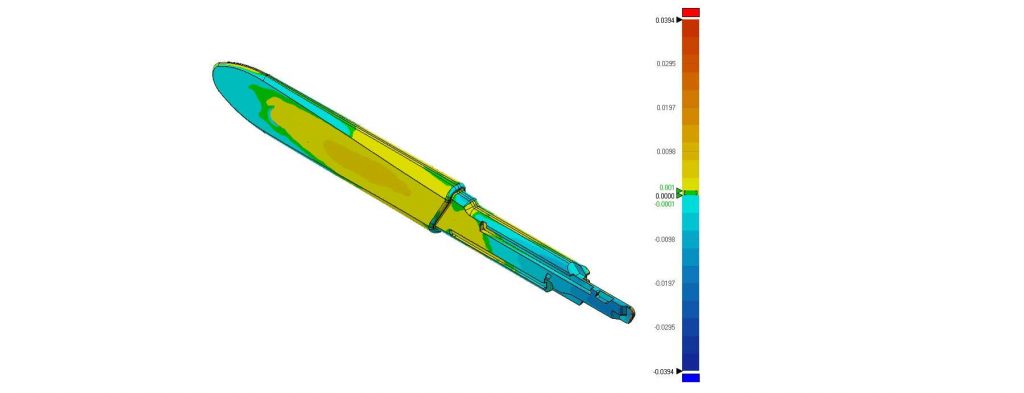Inspect medical devices using CT scanning
industrial ct scanning for when the stakes are high
Let’s face it – with anything related to surgery on people, the stakes are high. All of the factors that go into making surgery possible, including the medical diagnosis, planning, people, preparation, equipment and supplies must perform flawlessly. After all, someones life may be on the line. So it is not surprising that medical devices that are used in surgery are subject to much higher levels of scrutiny than say your ordinary office supplies.
What gets measured gets improved
The 3D scanning services business is not a good job for a perfectionist. Every day we are confronted with the fact that everything man has ever made is some flawed in some way (with the possible exception of . Even things that appear to be perfect have some flaw if you look close enough. Then again, maybe 3D scanning services is not so bad for the perfectionist, because by measuring the error of something, at least he can know how far off things are from perfection. Measurement provide a kernel of truth in a vast sea of uncertainty and chaos. It is said “what gets measured gets done”, but the flip side of that is, if you don’t measure, how do you know what to improve? For medical device manufacturers, the single best hope of measuring the accuracy of manufacturing is industrial CT scanning, shining the electron beam of truth onto the faulty creations of man.
correlating colors to error
The result from an industrial ct scan is a dizzying amount of single point measurements (aka point cloud) that often number in the billions. How does a mere human even consider this type of information? Well one elegant and easy way is to use Geomagic software to compare the point cloud to a perfect object. Of course, in order to do so, we must also have knowledge of what the perfect object should be shaped like. That is one area where the perfectionist can indulge; the creation of perfect CAD models. The Geomagic (or other inspection software) program can align the perfect CAD model to the industrial CT scan data and generate an image like the one seen below.

making the grade
Now that we have visualized our industrial CT scan in a human-friendly form and translated manufacturing errors into the beautiful colors of the rainbow, humans may now look upon the data and understand its meaning. It is up to the smart people in the medical manufacturing industry to decide what constitutes a pass and what means failure in this strict profession. Our job is to capture the billions of points and present them in such a meaningful way so that the customer can make a decision. We only ask that if the results are disappointing, don’t shoot the messenger!
The swiss army knife of 3d scans
As with many types of 3D scanning services, an industrial CT scan can be used for more than one thing. In addition to finding imperfections and flaws, a crafty and resourceful competitor could use it to scan the part and analyze its design subtleties. Is that legal? Yes. Now could they create an exact copy, possibly violating a copyright or patent? They certainly could, but that sounds like a recipe for legal trouble and a good way to go out of business. The great thing about CT scans it that they are so thorough that one can often go straight to the 3D printer with it. So creating a plastic (or other material) replica is a cinch. You could even create a gigantic one using our large format 3D printer.
